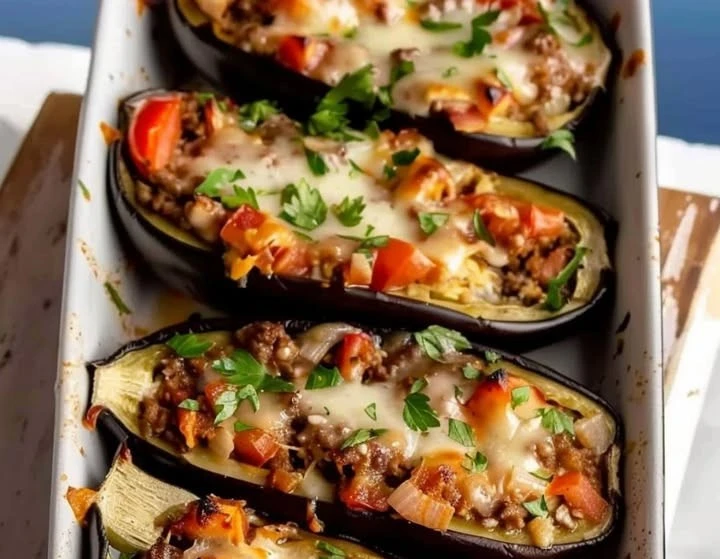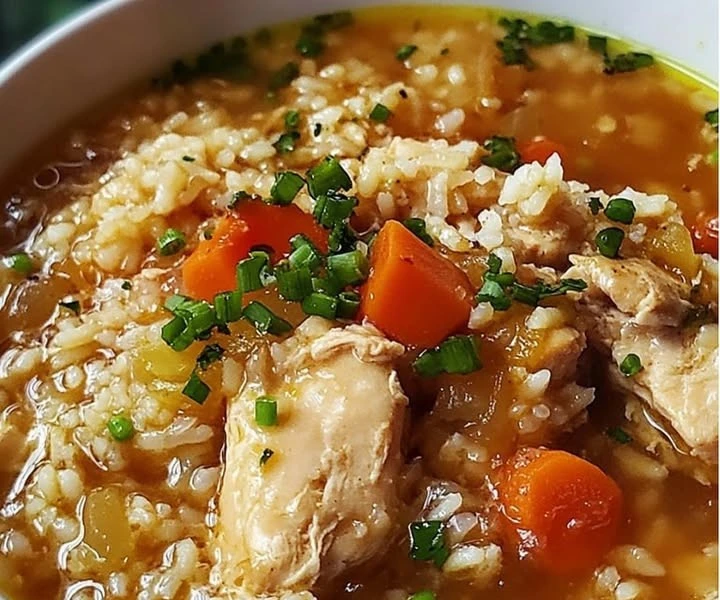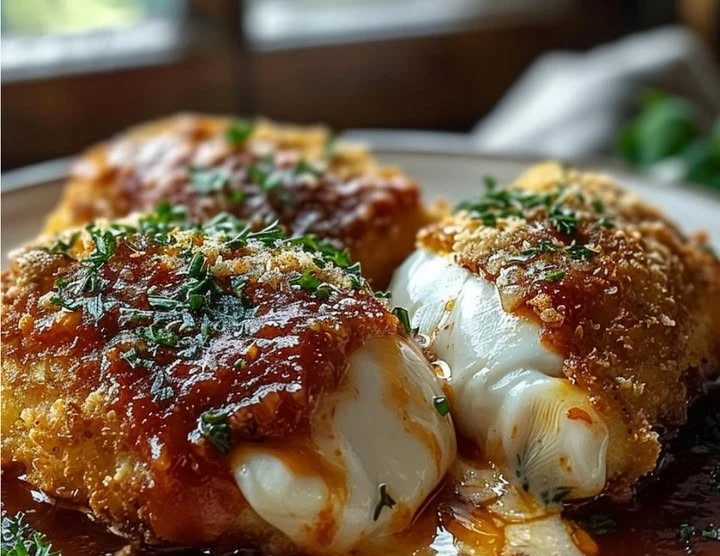Stuffed Eggplants
stuffed eggplants: Food has a powerful way of connecting us with our past. The smells, the tastes, and even the preparation process can transport us back to moments spent with loved ones. This is especially true for a dish that many families have made through generations. It evokes fond memories of cooking in the kitchen with family, laughter, and love that is sewn into every bite.
One such treasured recipe is stuffed eggplants. This dish represents not only a delicious meal but also a way to honor our traditions and prevent food waste. My grandmother often made stuffed eggplants, filling them with whatever vegetables were on hand. This not only allowed her to create something delightful and nutritious but also meant that nothing went to waste. Let’s dive into how you can recreate this nostalgic dish in your kitchen!
Why you’ll love this recipe
There are many reasons to love stuffed eggplants. Firstly, they are incredibly versatile. You can fill them with whatever vegetables and spices you have at home. This means you can personalize the dish to suit your taste. If you have some leftovers in your fridge, don’t hesitate to use them in this recipe.
Secondly, stuffed eggplants are a great way to incorporate more vegetables into your diet. The eggplant itself is rich in fiber and antioxidants, making it a healthy choice. This dish can be a complete meal, with protein, carbs, and plenty of veggies all in one.
Thirdly, the process of making stuffed eggplants is simple and enjoyable. It can be a fun activity for families to do together, teaching children about cooking and minimizing waste. Plus, the end result is a warm, hearty dish that is sure to please everyone at the table.
How to prepare stuffed eggplants
Preparing stuffed eggplants is straightforward, and you’ll be surprised by how easy and rewarding it is. Gather your ingredients and get ready to fill those eggplants with love and flavor.
Ingredients:
- 2 large eggplants
- Salt (for seasoning)
- Any combination of the following vegetables (adjust to your preference):
- Bell peppers
- Onions
- Tomatoes
- Spinach
- Zucchini
- 1 cup of cooked rice or quinoa (optional, for added filling)
- Olive oil
- Spices of your choice (such as garlic powder, cumin, or paprika)
- Cheese (optional, for topping)
Instructions:
Prep the Eggplants: Start by washing the eggplants. Slice them in half lengthwise and scoop out some of the flesh to create space for the stuffing. Sprinkle salt on the insides of the eggplants and set them aside to let the salt draw out any bitterness.
Prepare the Filling: While the eggplants sit, chop the vegetables you decided to use into small pieces. Heat some olive oil in a pan over medium heat. Add the chopped vegetables and sauté until they’re soft. You can also add the eggplant flesh you scooped out to the filling for extra flavor.
Add Rice or Quinoa: If you’re using rice or quinoa, stir it into the cooked vegetables. This helps bind the filling and gives it some more substance.
Season the Filling: Add your desired spices to the filling. Taste as you go, adjusting the seasoning to your liking. If you like cheese, you can mix some into the filling as well.
Stuff the Eggplants: Spoon the filling into the hollowed-out eggplant halves. Pack them in well and don’t be shy with the filling. Top them with cheese if you like.
Bake the Eggplants: Preheat your oven to 375°F (190°C). Place the stuffed eggplants on a baking dish and drizzle some olive oil over the tops. Bake for about 30-40 minutes, or until the eggplants are tender and the tops are golden brown.
Serve: Remove from the oven and let them cool for a few minutes. Serve warm, and enjoy the delicious flavors!
How to serve stuffed eggplants
Stuffed eggplants make a wonderful main dish, especially when paired with a fresh side salad or crusty bread. To elevate the dish, consider drizzling some additional olive oil or balsamic glaze on top just before serving. You can also garnish with fresh herbs like parsley or basil for added color and flavor!
How to store stuffed eggplants
Leftover stuffed eggplants can be stored in an airtight container in the refrigerator for up to three days. To reheat, place them back in a preheated oven at 350°F (175°C) until they are heated through. You can also microwave them, but be careful not to overcook and dry them out.
If you want to store them longer, stuffing eggplants is a great item to freeze. Allow them to cool completely, then wrap them in plastic wrap and foil, and place them in a freezer-safe bag. They can be stored for up to three months. When ready to eat, simply bake them from frozen, adding extra time to ensure they are heated thoroughly.
Preparation tips for stuffed eggplants
- Choose firm and shiny eggplants for the best flavor and texture.
- Make sure to salt the eggplants before cooking to draw out excess moisture and bitterness.
- Feel free to play around with the filling. You can mix different grains or add cooked beans for added protein.
- If you’re short on time, pre-cooked or canned vegetables are a quick and easy addition to your filling.
- Use a variety of spices to change the flavor profile. Experiment with cumin, chili powder, or Italian herbs for different results.
Variation (if applicable)
Stuffed eggplants can be adapted in a multitude of ways. You can make them Italian by using marinara sauce, Italian seasoning, and mozzarella cheese. For a Middle Eastern flair, consider adding chickpeas, saffron, and pine nuts. The possibilities are endless!
Frequently asked questions
1. Can I use other vegetables besides eggplants for this recipe?
Yes! While eggplants are traditional for stuffing, you can also use zucchini, bell peppers, or tomatoes. Just adjust the cooking time as needed.
2. Is this recipe suitable for vegans?
Absolutely! If you omit the cheese or use a dairy-free alternative, stuffed eggplants can easily fit into a vegan diet.
3. How can I make this dish more filling?
Adding grains like rice, quinoa, or even lentils to the filling can add bulk and make the dish more satisfying. You can also include proteins like cooked chicken, beef, or tofu if desired.
Now that you have this recipe, it’s time to get into the kitchen and create your own dish that brings back memories! Enjoy cooking, sharing, and cherishing the moments that come with it. Happy cooking!







